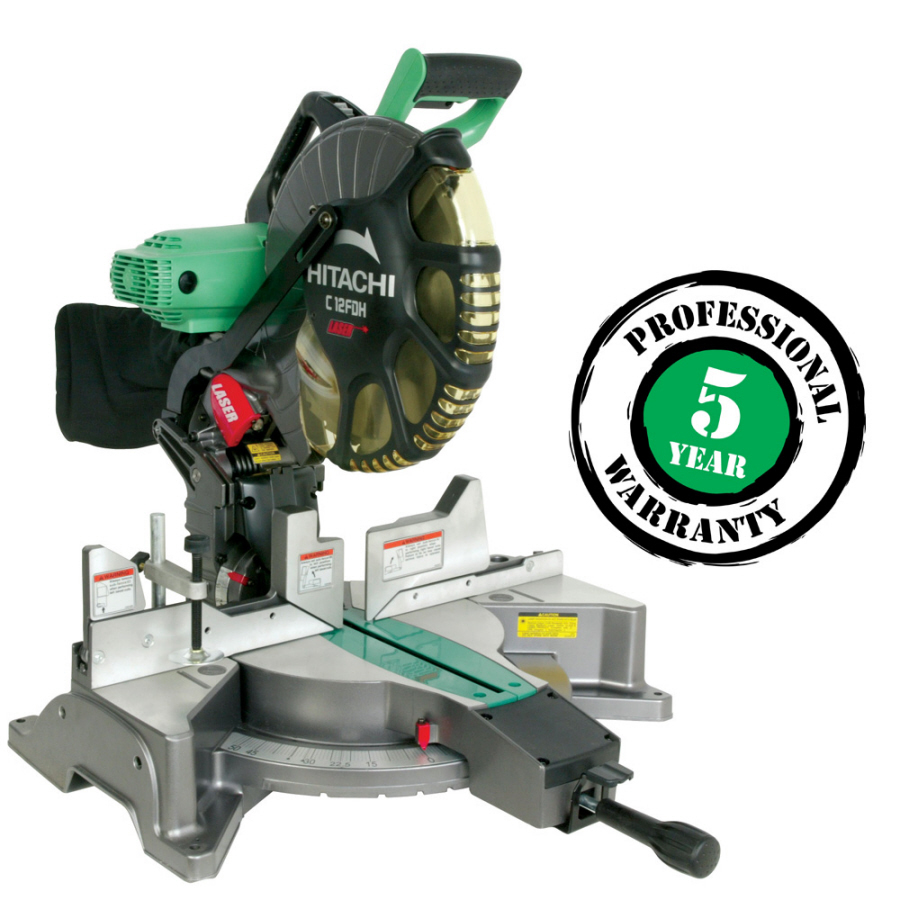Part 2: Mason Jars
In creating my dream 1930's country wedding, I knew mason jars had to be involved. Growing up, mason jars were everywhere. Mom canned everything in our garden. At any given time one could find mason jars of all sizes on the kitchen shelves, sink, refrigerator, laundry room or garage.
The Jams :
Mom offered to make jams and jellies for our table favors, perfect. I instantly printed a whole bunch of 'Spread the Love' and 'Relish Love' labels for the jars. All of the jams and jellies and relishes featured locally and home grown ingredients.

There was jalapeno jelly, mint jelly, raspberry jam, blackberry jam, blueberry jam, apple butter, "blue raspleberry" (which I think was a blueberry/raspberry apple butter), beet relish, basil green bean pickles, dill bean pickles, piccalilli (green tomato relish) and curried squash pickles...! Needless to say, one one left without their favors.
Jalapeno Jelly:
Follow measurements on jelly pectin box, but this gives an idea:
12 jalapenos
2 cups cidar vinegar
6 cups sugar
2 packets of liquid fruit pectin
Blend 12 jalapenos and 1 cup of cider vinegar until smooth in processor
Add remaining cider and all sugar
Boil over high heat stirring frequently for 10 min
Remove from heat, skim off foam, put immediately into jars and cap them.
Submerge 1-2 inches into boiling bath of water for 10 minutes
Raspberry Jam
2 quarts raspberries
5 cups of sugar
1 box powdered gelatin
1/2 tsp butter
Smash fruit with a spoon, measure our 5 cups of smashed fruit.
Mix with box of gelatin and add 1 tsp butter
Put on stove under high heat and stir until it has a full rolling boil
Add sugar all at once
Bring to boil again stirring constantly
Keep at rolling boil for 1 minute
Remove from heat, skim off foam, cap immediately and cap. Follow same water bath as Jalapeno jelly.
Dilly Beans:
Makes 10 1 pt jars
4 lbs snapped green beans per jar
1/2 tsp crushed red pepper flakes per jar
1/2 tsp mustard seed per jar
1/2 tsp dill seed per jar
1 whole clove garlic per jar ;)
5 cups vinegar
5 cups water
1/2 cup pickling salt
Wash jars.
Put all 'per jar' ingredients into their jars
Boil water, vinegar and salt. Pour boiling liquid into jars.
Tighten lids and place into boiling water bath for 20 minutes.
The FlowersSo of course the flower vases had to be mason jars. Lots came from dad's garage. They needed cleaning.

Mom planted all of these beautiful flowers for the tables and bouquets, not to mention all the surrounding fields and ditches that grew an extraordinary amount of weedy wonderful wild flowers this summer (thanks WV). The morning of the wedding Mom, Martin and Hanna picked and picked and came up with this:

My bridesmaids and I sat on the cool porch a few hours before the wedding putting together the flowers for the table and our bouquets. Playing with flowers with my closest friends and family was such a calm and wonderful way to spend the last hours before such a big event. It turns out that Sherri had quite a knack for flower arrangement:

Our Process:
Put long pointy flowers in the back
Put bushy flowers in the middle
put big faced flowers up front
fill in with weedy flowers
cut stems at an angle
wrap with pretty ribbon
pin in place with colorful plastic headed straight pins
In the end, beautiful flowers abounded and our bouquets were completely unique to each lady:





If YOU love mason jars as much as I do, check out
Jill's gift jars.



















